Transmitting the Old Testament: Adventures of the Hebrew Text – Part 3
This is Part Three in a series of essays about ancient Hebrew text and manuscripts. Read Part 1 and Part 2.
6. The Masoretic Text
In prior posts we touched on some developments of the Hebrew Bible over the course of its 3,000 plus year history.
Now we move to a specific group of Jewish scribes who made a name for themselves due to the way in which they transmitted the Bible. These scribes were active throughout the Middle Ages, but the oldest complete copies of their work date to the early part of the 10th century. These scribes are called Masoretes and the text they produced is called the Masoretic Text. The reason this Hebrew text receives its own name (the Masorah/ the Masoretic Text1) in what was heretofore referred to simply as the Hebrew text is due to several factors, which I will explain in the coming paragraphs.
To begin, the Masoretic scribes who wrote these texts were exceptional in two ways. First, the Masoretes were the ultimate conservationists, always concerned that the text was copied accurately. With this goal in mind, the Masoretes were careful to ensure that the transmission of the Hebrew text was of the highest quality, an effort so extensive it remains remarkable, even today. Secondly, and somewhat ironically, the Masoretes were innovators, finding new ways of recording the text so that every detail was made plain—and thereby adding still more details in the process. It is chiefly due to the skills of the Masoretes on these two fronts that the tenth century Hebrew text was termed Masoretic, a term which has continued to be used up to the present.
6.1 The Three Reasons the Masoretes ‘Marked Up’ the Biblical Text
There is a long-standing difficulty in the way the Hebrew text was written. Rather than writing words with a mixture of consonants and vowels, Hebrew writing is largely consonantal. This means that one cannot sound out (i.e., vocalize) the Hebrew text as it appears in the Dead Sea Scrolls in the same way that one can sound out words in English. An example may be helpful. Imagine reading dad, dead, deed, did, dud, dude, etc. with the vowels removed, i.e., ‘dd.’2 Such a situation can make reading unnecessarily difficult, especially when the reader’s first language is not English. In a somewhat similar way, the Masoretes felt the need to provide maximal clarity to the unvocalized Hebrew text. How could they accomplish this?
One solution would have been to add vowels to the biblical text. Such alterations, however, would have required standardization of idiosyncratic spellings, spellings that go back to at least the time of the Dead Sea Scrolls—as mentioned above. Clearly such a solution was not satisfactory.3
Alternatively, one could add special markings to the Hebrew letters which could act as de facto vowels. This was the solution the Masoretes chose. Using dots, dashes, and other signs in various combinations, marks were placed above, below, and sometimes within the consonantal letters of the biblical text. These marks indicated vowels (and some consonantal sound changes) and were called niqqudim.4 The vocalization system is not difficult to master, provided one has very sharp eyesight—many of the marks are quite small.
But vocalization was not the only matter the Masoretes wished to record. The Masoretes also added a system of cantillation markings that is separate from the vocalization system. It is impossible to explain this complex notation system in a brief overview, but the curious may refer to the following footnote as a starting point.5 The important point being made presently is that the cantillation markings are a separate system of tiny marks that surround the letters of the biblical text, enabling one to chant the text with accuracy.
There was yet a third reason the Masoretes added marks adjacent to the letters of the main text. Imagine for a moment a conscientious scribe, who had 1. spelled a word (consonant), 2. vocalized a word (niqqudim), or 3. accented a word (cantillation) in a non-typical but yet wholly accurate way. How could he alert future readers that what he had done had not been done in error? The easiest way of doing so was to put a dot above or beside the word(s) in question, and then make a short comment in the margin stating that this word(s) has been accurately written.
The above scenario appears to have been at least one reason for the marginal notes which appear in virtually all Masoretic Bible codices. There are probably other reasons too. Whatever the case, over time these marginal notations became a vast compendium of notes that exceeded available marginal space. So, in addition to marginal notes, some notes were written at the top or bottom of the page, in extensive compilations in the back of the codex, or in separate works.6
When these notes appear adjacent to the place they comment upon, they are called the small Masorah (מסורה קטנה); when these notes appear at the top or bottom of the page – and thus not adjacent to the place that they comment upon, they are called the large Masorah (מסורה גדולה). Because academics prefer Latin terms over the English or Hebrew terms, these notes are more commonly referred to as the Masorah parva or Masorah Magna – parva and magna being the Latin words for small and large respectively.
The two marking systems (vocalization and cantillation) plus the Masoretic note markers and their associated comments are the backbone of all Masoretic activity. These are the reasons why the Hebrew text came to be called the Masoretic Text. The main text remained unchanged, of course, but with all the new additions to the page, it hardly seems accurate to refer to these codices simply as the Hebrew Text. There are tens upon tens of thousands of these small dots and lines within the text of the Hebrew Bible, and one quickly realizes that the Masoretes put a lot of effort into making sure they got things exactly right.
6.2 What Does the Masoretic Text Look Like?
Having explained what makes the Masoretic text Masoretic, we now turn to examine what the text actually looked like. The following image (from British Library Or. 4445/aka the London Codex) shows the first seven words of Leviticus 1:1. Observe the various dots and other markings (in black) done by the Masoretic scribe/s who wrote this codex. (The blue and red marks were done by me for the purposes of this article.) The text reads: “And the LORD called to Moses and spoke to him from the tabernacle” (Lev 1.1a).
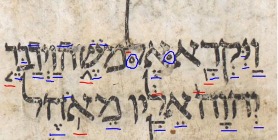
The blue lines underscore each vocalization mark; the red lines underscore each cantillation mark; the two blue circles signal that there is a Masoretic marginal comment. Only in rare cases are signs so alike that one mistakes one sign for another (although some scribes do much better in carefully distinguishing between marks than do others).
If we look at a whole page, we see something like this (Sassoon 507, Deu 4.2-13)7:
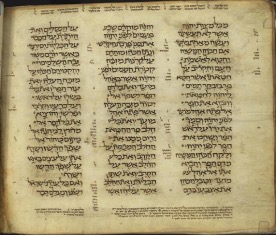
The small Masorah are visible between the columns of main text, and the large Masorah are to be found at the top and bottom of the page. (Here, one can see that the small Masorah is ‘small’ because the comments are typically fairly short, while the large Masorah is ‘large’ because the comments are somewhat longer.) The markings for the vocalization, cantillation, and marginal comments are mostly too small to be seen properly, but one can still recognize a number of them by examining the image closely.
6.3 How the Large and Small Masorah Showcase Masoretic Skill
Having discussed each of the three purposes for dots and dashes in the main text and given an overview of what the text as a whole looked like, we now turn our focus to the margins of the page. In my opinion, this is the most interesting part of the Masoretic activity.
If we return to the image containing the first seven words of Leviticus – this time slightly expanded so that the marginal note is visible on the right side of the main text – we see the following note: “ב֯ ביום השביעי.” Loosely translated, the note reads: “The phrase ‘and (the LORD) called to Moses’ occurs two times, here and in one other place: Exodus 24:16.”

It is worthwhile to stop for a moment to appreciate how remarkable such a comment is. How did the Masorete know that this particular phrase occurs twice in the whole Hebrew Bible? Apparently he—or someone else before him—had gone to the bother of going through the 23,000 verses of the Hebrew Bible to find the answer!8
This one example would perhaps be unremarkable. However, each page of a Masoretic codex can contain dozens of small Masorah notes. In the above image showing the full page of a Masoretic Bible, for example, there are 28 such marginal notes in the space of 12 verses. This means that the small Masoretic notes occur a little more often than twice per verse. If this frequency holds throughout the 23,000 verses of the Hebrew Bible, this means that there could well be over 50,000 such notes in a single Bible codex.
To top it off, there are no two codices with exactly the same set of Masoretic notes. While there is significant overlap in the notes, each codex is effectively its own edition in the way the notes are presented and the frequency with which they occur. This means that the Masoretes were not simple copyists. They knew their material well enough to intelligently assemble their own unique blend of Masorah notes.
This, then, is what it meant to be a Masorete: a preservationist who is obsessive over detail, so much so that he has become something of a human Google.
7. Conclusion
As a number of 10th century Masoretic codices are still extant today, it is not necessary to proceed past the Masoretes when discussing the transmission of the Hebrew Bible. To a large extent, the transmission story ends with these scribes and their obsession to detail. This is not to say that English translations have stayed the same, of course. If you read through Job with an old and a new English translation side by side, you can spot a number of differences. Such translation differences between competing English versions are seldom the result of a Masoretic imprecision, however. Instead, translation differences often arise due to preference/ideology of the translator or simply because more is known about biblical Hebrew today than what was known in the past. These changes remind us that, although the Biblical text is well established, what we do with that text is much less predictable. The reader of this post is encouraged to actively engage with the Bible and probe its secrets. The answers are sometimes what we might expect; the answers are sometimes surprising.
Suggested reading
If you have read this far, there is a chance you would still like to learn more about the Hebrew Bible. If so, please refer to the following reading list to get you started. Also, know that Wikipedia is generally helpful and concise.
Language change in Hebrew:
Joosten, Jan and Ronald S. Hendel. How Old Is the Hebrew Bible: A Linguistic, Textual, and Historical Study. New Haven: Yale University Press, 2018.
Dead Sea Scrolls:
Vermes, Geza. The Complete Dead Sea Scrolls in English. London: Penguin, 2004. (Note: this book only includes the non-biblical scrolls)
Abegg, Martin G. Jr., Peter Flint, and Eugene Ulrich. The Dead Sea Scrolls Bible: The Oldest Known Bible Translated for the First Time into English. New York: Harper Collins, 2012.
The Masorah:
Khan, Geoffrey. A Short Introduction to the Tiberian Masoretic Bible and its Reading Tradition. Piscataway, NJ: Gorgias Press, 2013.
Ofer, Yosef. The Masorah on Scripture and Its Methods. Berlin: De Gruyter, 2019. (note: this book is expensive)
Books about Hebrew Manuscripts:
Friedman, Matti. The Aleppo Codex: In Pursuit of One of the World’s Most Coveted, Sacred, and Mysterious Books. Chapel Hill: Algonquin Books, 2012.
Hoffman, Adina and Peter Cole. Sacred Trash: The Lost and Found World of the Cairo Genizah. New York: Schocken, 2011.
ENDNOTES
1For a concise overview of the Masorah, see Geoffrey Khan, A Short Introduction to the Tiberian Masoretic Bible and Its Reading Tradition, Piscataway, NJ: Gorgias Press, 2013. Return to context⬏
2The example is not perfect, as ambiguities in Hebrew are largely attributable to its verbal system. Instances similar to the foregoing English examples are much more rare. Return to context⬏
3Plus, it probably was not even in vogue. As the Masoretes wrote their texts in Muslim lands, it is likely that they were influenced by Arabic scribes who similarly provided a vowel pointing system for their scriptures—the Koran. Return to context⬏
4The Hebrew word for these marks is niqqudim—which also happens to be the word used to describe bread crumbs/moldy bread in Joshua 9:5,12. Return to context⬏
5The cantillation markings are not to be understood as musical notes in the traditional, Western sense. Instead, they indicate word stress, word cluster delimitation, verse dividers, and the like. The cantillation signs are of two main types: conjunctive (for the joining of words/phrases) and disjunctive (for the separation of words/phrases). These non-vocalic notations are somewhat more confusing to understand than the vowel signs. This is because disjunctive and/or conjunctive signs sometimes contradict other such signs (where one sign might show joining, another sign might show disjoining). Why were there contradictions? It appears that there is more than one system for marking separation and joining, and these systems were gradually combined without really integrating them. For more information, read Hebrew Cantillation. Return to context⬏
6What I have described fits best with the Tiberian Masorah, the most popular notation system of the Masoretes. The scribes of the Babylonian Masorah, in contrast, tended to put their Masoretic notes in separate works rather than attempt to fit them into the upper and lower margins of the page. Return to context⬏
7Sometimes referred to as the Damascus Pentateuch or the Damascus Keter and officially listed as NLI, Jerusalem, Israel Ms. Heb. 2405702, this manuscript once belonged to David Solomon Sassoon (1880-1942) of London, England. Return to context⬏
8This particular note occurs in many codices and was obviously copied from a previous Masoretes work. The number of verses in English, according to Wikipedia, are 23,145. Return to context⬏
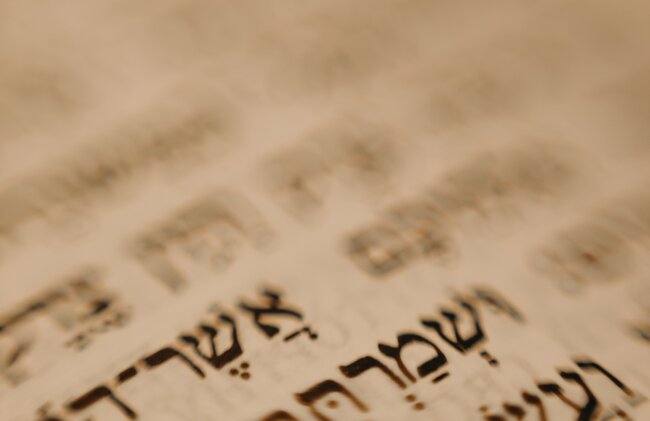

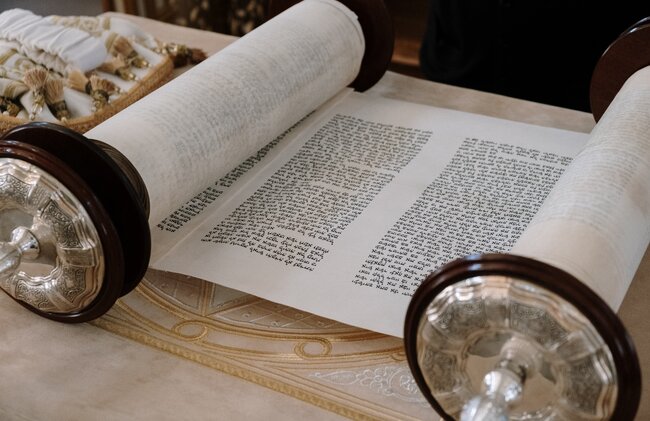




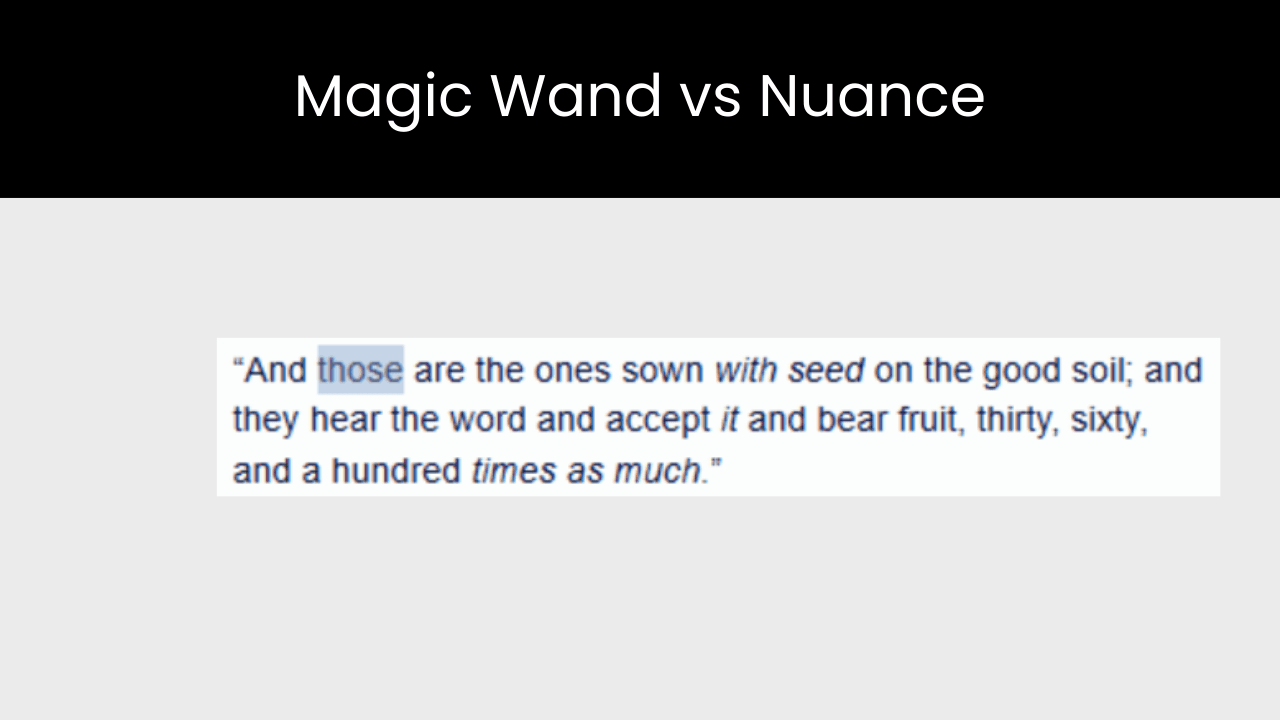
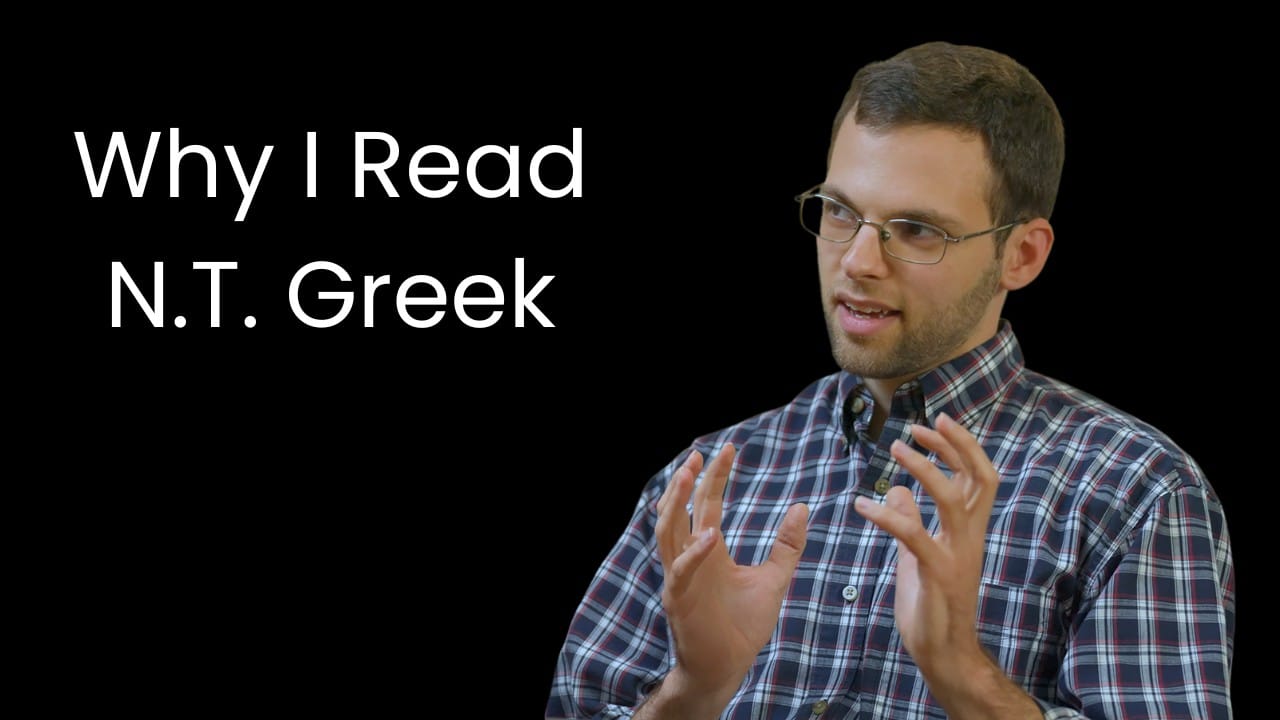
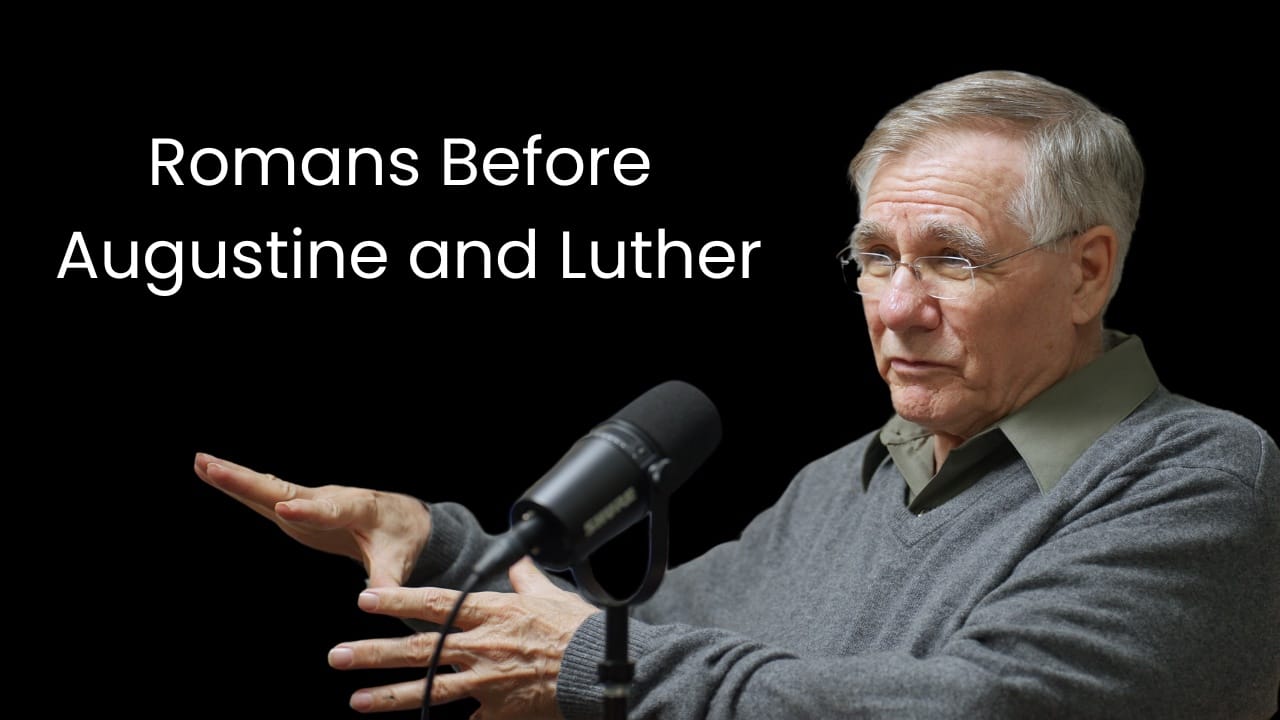
Dwight Gingrich
4 years ago
I want to thank you, Vince, for the time you took to write these articles! I read some NT Greek, but no Hebrew. I had encountered before some of what you wrote, but much of it was new or forgotten. God bless you richly in your study (may you grow in both knowledge and faith), and God bless you for sharing glimpses of your study with the rest of us. The church of Jesus, including the Anabaptist branches thereof, needs people who are informed about such matters.